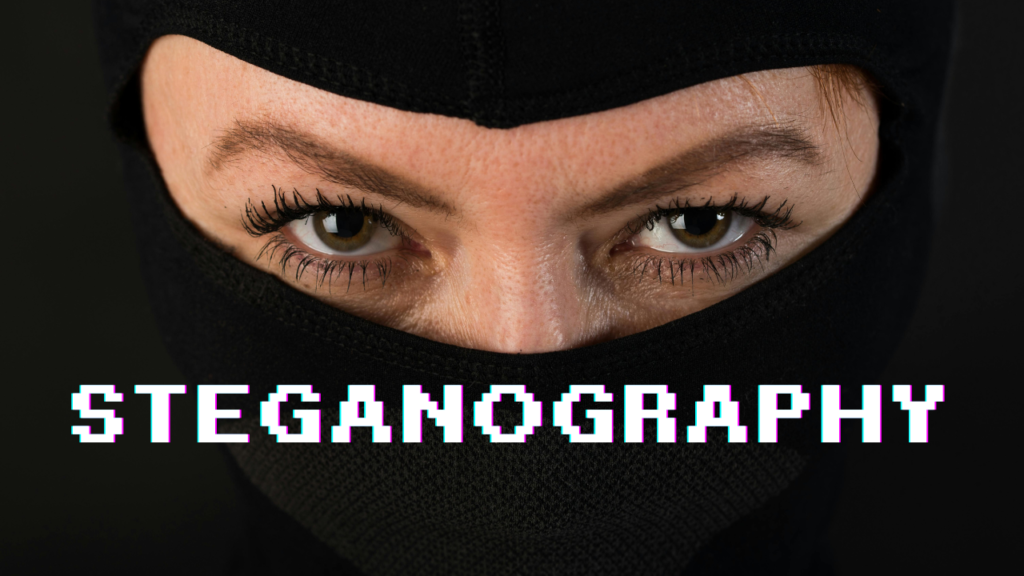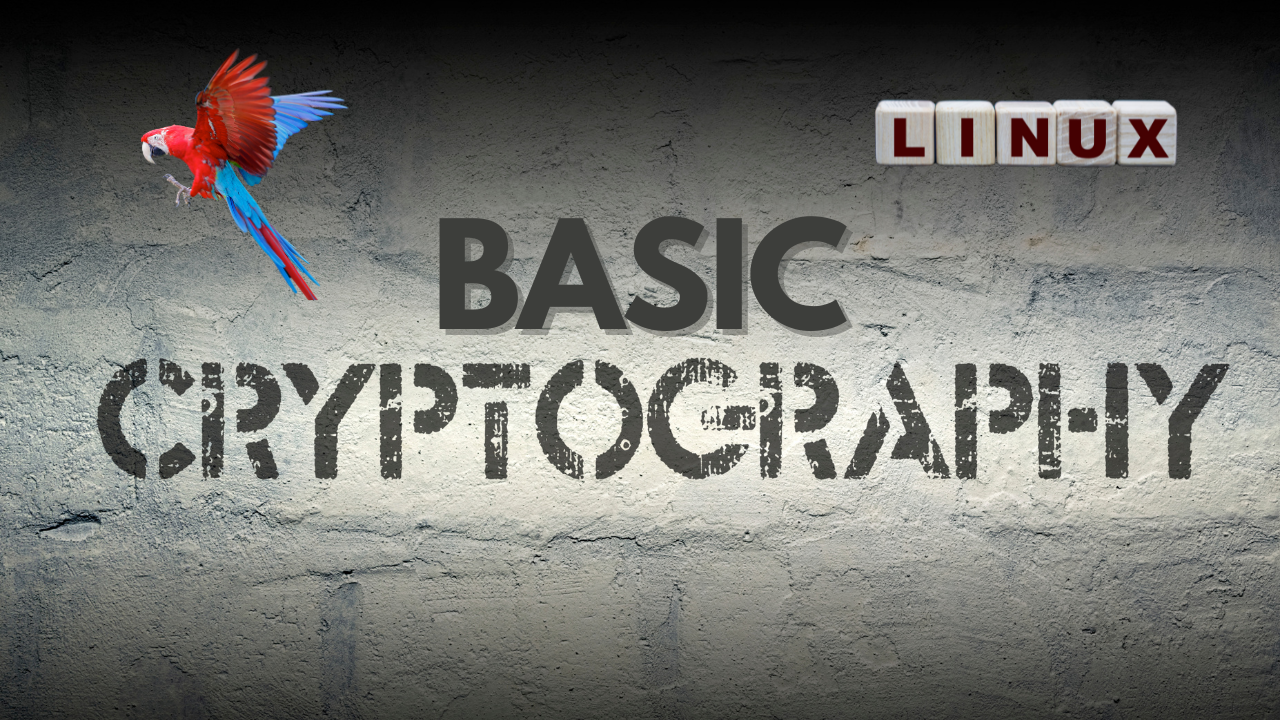What is Steganography?
Steganography is the practice of hiding data within other data, such as embedding a secret message inside an image, audio, or video file. Unlike encryption, which makes data unreadable without a key, steganography conceals the existence of the data itself, making it difficult to detect.
Using Steghide on Kali Linux
Steghide is a command-line tool in Kali Linux that allows you to embed and extract data within image or audio files while preserving the original file’s appearance and quality.
Steps to Use Steghide
1. Install Steghide
Steghide is pre-installed on Kali Linux. If not, install it with:
sudo apt-get install steghide
2. Embed Data
To hide data within a file:
steghide embed -cf <cover_file> -ef <embedded_file>
<cover_file>: The file to hide data in (e.g.,image.jpgoraudio.wav).<embedded_file>: The file to hide (e.g.,secret.txt).
You will be prompted to set a passphrase for encryption.
Example:
steghide embed -cf image.jpg -ef secret.txt
3. Extract Data
To retrieve the hidden data:
steghide extract -sf <stego_file>
<stego_file>: The file containing the hidden data.
Example:
steghide extract -sf image.jpg
You will be prompted to enter the passphrase.
Key Features of Steghide
- Supports various file formats like BMP, JPEG, WAV, and AU.
- Uses encryption to secure hidden data.
- Preserves the quality and size of the cover file.
Use Case Example
If you want to securely send a password to someone, you can:
- Create a text file (
password.txt) with the password. - Embed it in an image (
photo.jpg) using Steghide. - Share the image along with the passphrase via different channels for enhanced security.





